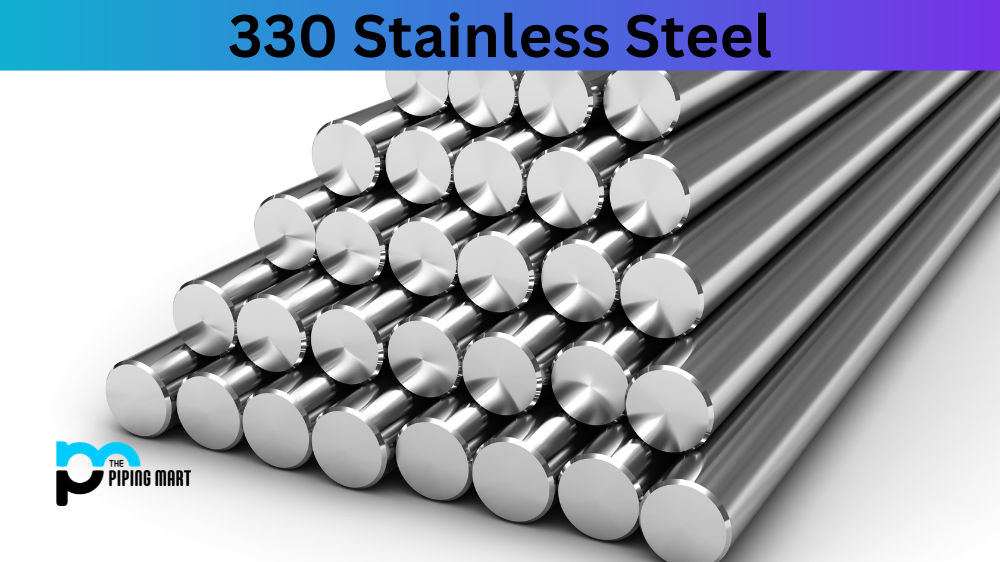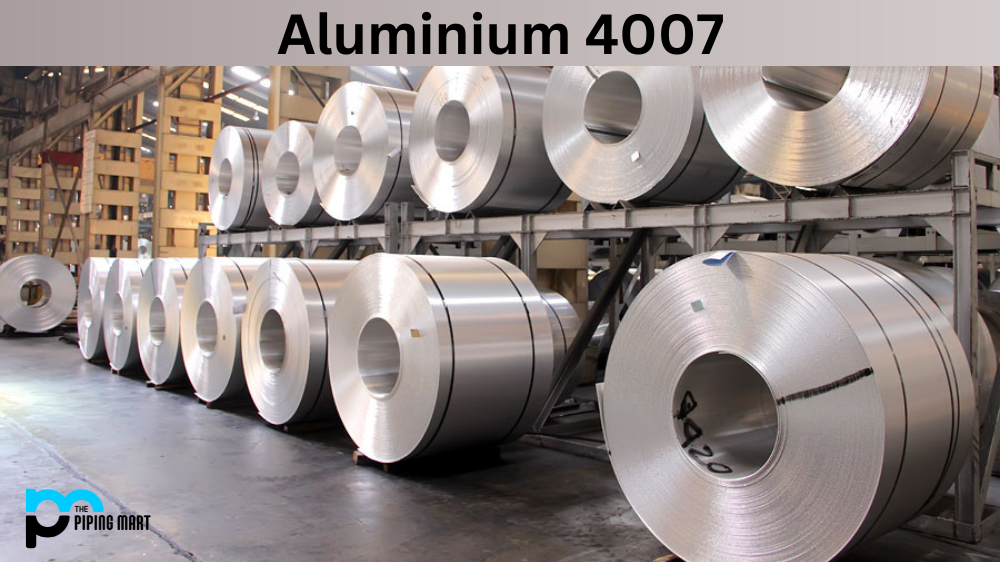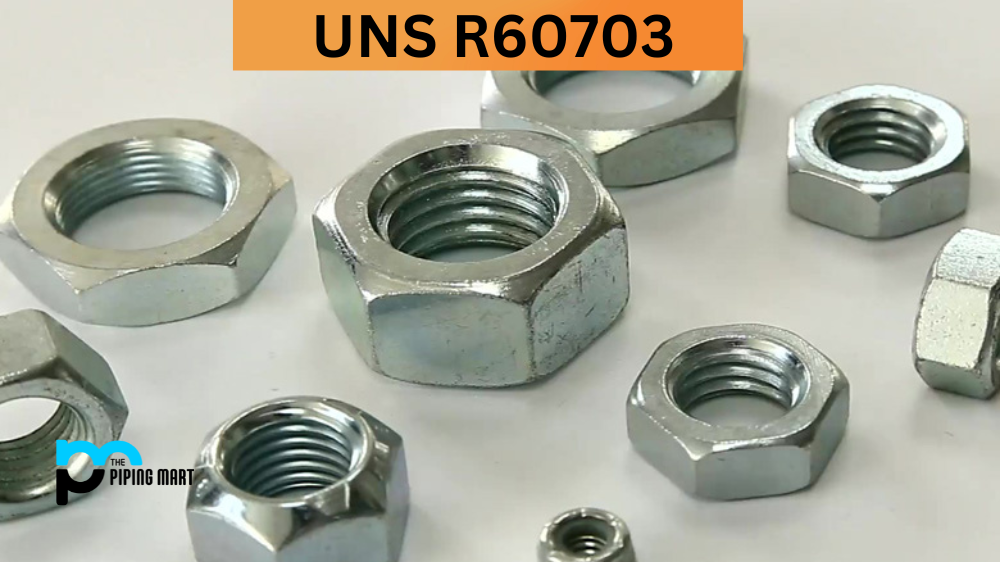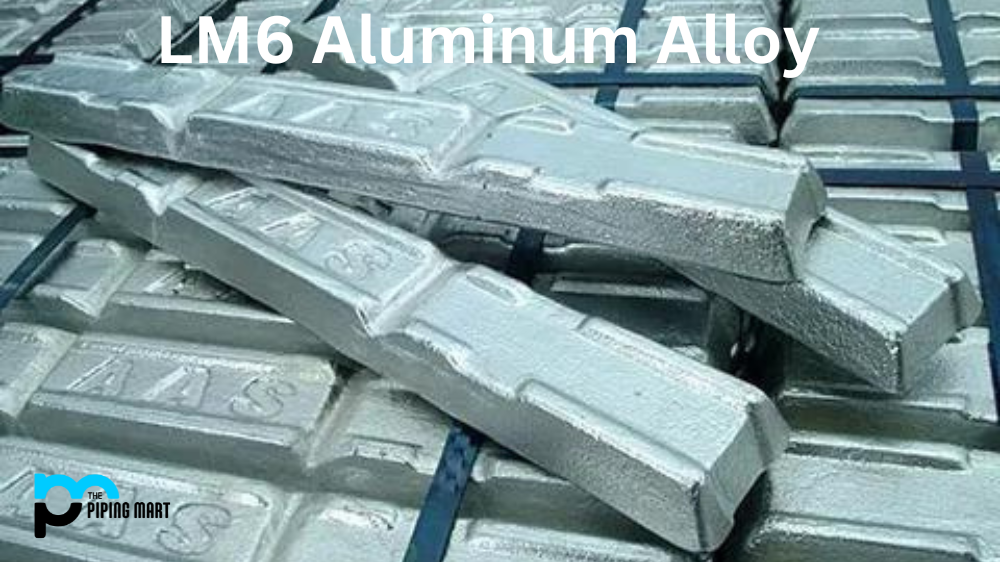Stainless steel is commonly used in various applications because of its durability, corrosion resistance, and aesthetic appeal. One lesser-known type of stainless steel that is gaining popularity in industrial applications is 330 stainless steel. In this blog post, we will explore 330 stainless steel’s composition, mechanical and physical properties, uses, corrosion resistance, heat treatment, and machining.
What is 330 Stainless Steel?
330 stainless steel is an austenitic, nickel-chromium-iron-silicon alloy with excellent high-temperature oxidation and carburization resistance. It has a high nickel and chromium content, providing excellent strength and corrosion resistance. This type of steel is often used in heat treating, chemical processing, and pollution control industry.
What Forms is 330 Stainless Steel Available at Piping Mart?
- Nut
- Bolt
- Pipe
- Tubing
- Washers
- ERW Pipes
- Fasteners
- EFW Pipes
- Stud Bolts
330 Stainless Steel Composition
330 stainless steel comprises 34-37% nickel, 18-20% chromium, 1.5-2.5% silicon, and the balance is iron. It also contains trace amounts of carbon, manganese, phosphorus, sulfur, and copper. This composition makes it resistant to high-temperature oxidation and scaling and high yield strength and toughness.
| Element | Content (%) |
|---|---|
| Iron, Fe | 42 |
| Nickel, Ni | 36 |
| Chromium, Cr | 19 |
| Manganese, Mn | 2 |
| Silicon, Si | 1.13 |
| Carbon, C | 0.080 |
| Phosphorous, P | 0.040 |
| Sulfur, S | 0.030 |
330 Stainless Steel Physical Properties
The physical properties of 330 stainless steel include a density of 0.285 lb/in³, a melting point of 2,525°F, a specific heat of 0.11 BTU/lb-°F, a thermal conductivity of 88.5 BTU-in./ft²-hr-°F, and an electrical resistivity of 28.4 Microhm-in. These properties make 330 stainless steel suitable for use in high-temperature environments.
| Properties | Metric | Imperial |
|---|---|---|
| Density | 8 g/cm3 | 0.289 lb/in³ |
330 Stainless Steel Mechanical Properties
The mechanical properties of 330 stainless steel include a yield strength of 30 ksi, tensile strength of 75 ksi, elongation of 40%, and a reduction in area of 50%. This steel’s high strength and toughness make it suitable for high-stress applications.
| Properties | Metric | Imperial |
|---|---|---|
| Tensile strength, ultimate | 550 MPa | 79800 psi |
| Tensile strength, yield (@0.2%) | 260 MPa | 37700 psi |
| Modulus of elasticity | 197 GPa | 28600 ksi |
| Poisson’s ratio | 0.27 – 0.30 | 0.27 – 0.30 |
| Elongation at break (in 50 mm) | 40% | 40% |
330 Stainless Steel Thermal Properties
| Properties | Metric | Imperial |
|---|---|---|
| Thermal expansion co-efficient | 14.4 µm/m°C | 8 µin/in°F |
| Thermal conductivity | 12.5 W/mK | 86.8 BTU in/hr.ft².°F |
330 Stainless Steel Equivalent
Other designations that are equivalent to 330 stainless steel include the following.
- AMS 5592
- AMS 5716
- ASTM B366
- ASTM B511
- ASTM B512
- ASTM B535
- ASTM B536
- ASTM B546
- ASTM B710
- ASTM B739
- DIN 1.4333
- DIN 1.4864
- SAE 30330
- SAE J405 (30330)
- SAE J412 (30330)
330 Stainless Steel Uses
330 stainless steel is commonly used in high-temperature applications such as heat exchangers, industrial furnace parts, heat-treating equipment, chemical processing equipment, and pollution control systems. It is also used in the food processing industry and architectural applications.
330 Stainless Steel Corrosion Resistance
330 stainless steel has excellent corrosion resistance in high-temperature environments with exposure to oxidizing gases. It is resistant to carburizing and nitriding atmospheres, making it ideal for heat exchangers and other high-temperature applications.
330 stainless Steel Heat Treatment
330 stainless steel can be annealed at a temperature range of 1850-2050°F and then cooled rapidly. It can also be heat-treated at a temperature range of 2050-2250°F, followed by cooling in air or water.
330 Stainless Steel Machining
Machining 330 stainless steel is difficult because of its high strength and hardening work rate. Carbide tooling is recommended, and the speed should be slow to avoid work hardening. Lubrication should be used to prevent galling and work hardening.
Conclusion:
330 stainless steel is a high-performance steel type that offers excellent resistance to high-temperature oxidation and scaling, making it ideal for high-temperature applications in various industrial sectors. Its chemical composition and mechanical and physical properties make it a versatile material with unique properties that make it suitable for chemical processing, pollution control, food processing, architectural, and heat exchanger applications. Its corrosion-resistant properties and heat treatment capabilities make it a top choice in high-stress environments.

Pipingmart is a B2B portal that specializes in metal, industrial and piping items. Additionally, we share the latest information and information about materials, products and various types of grades to assist businesses that are involved in this business.




